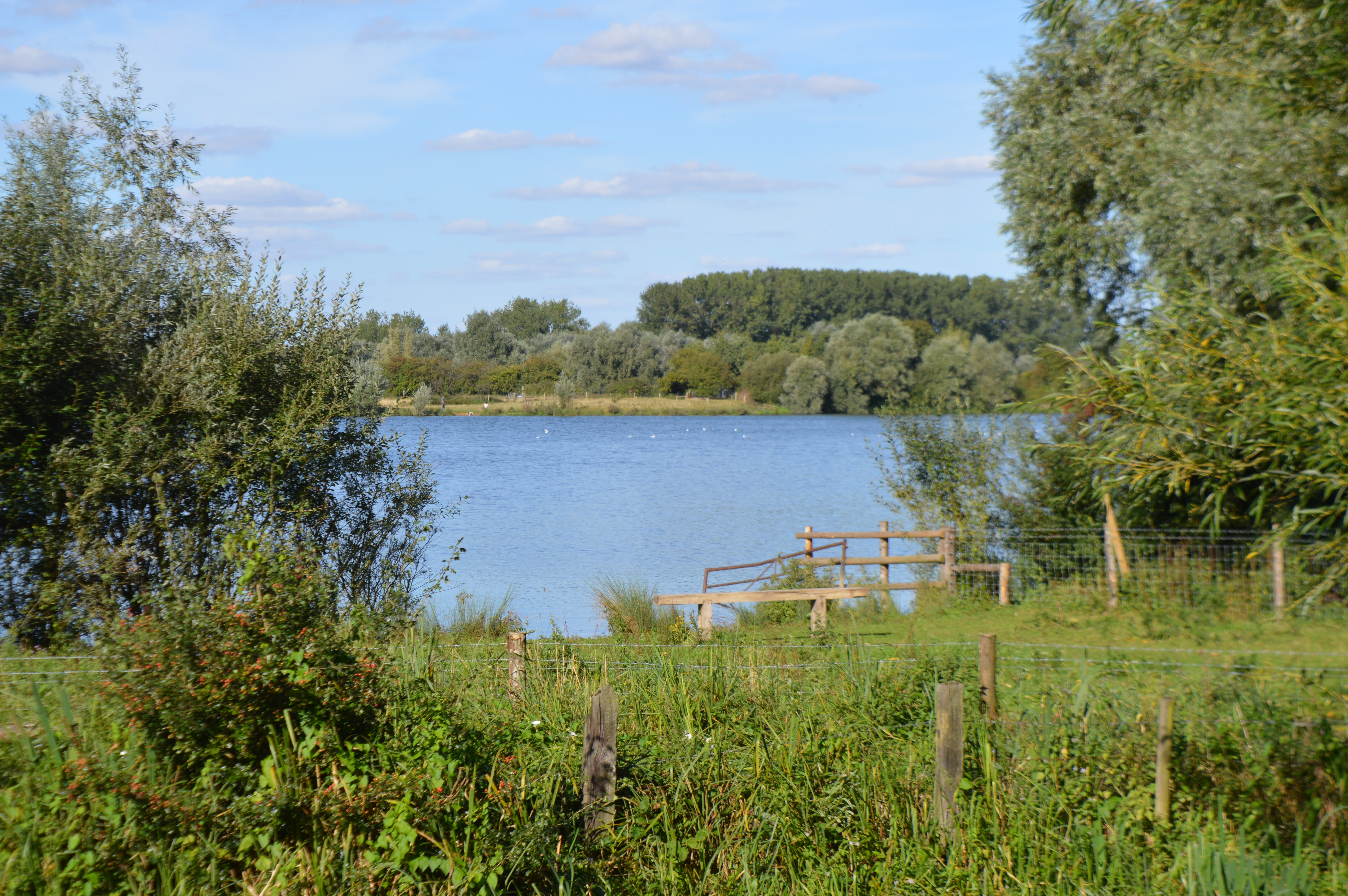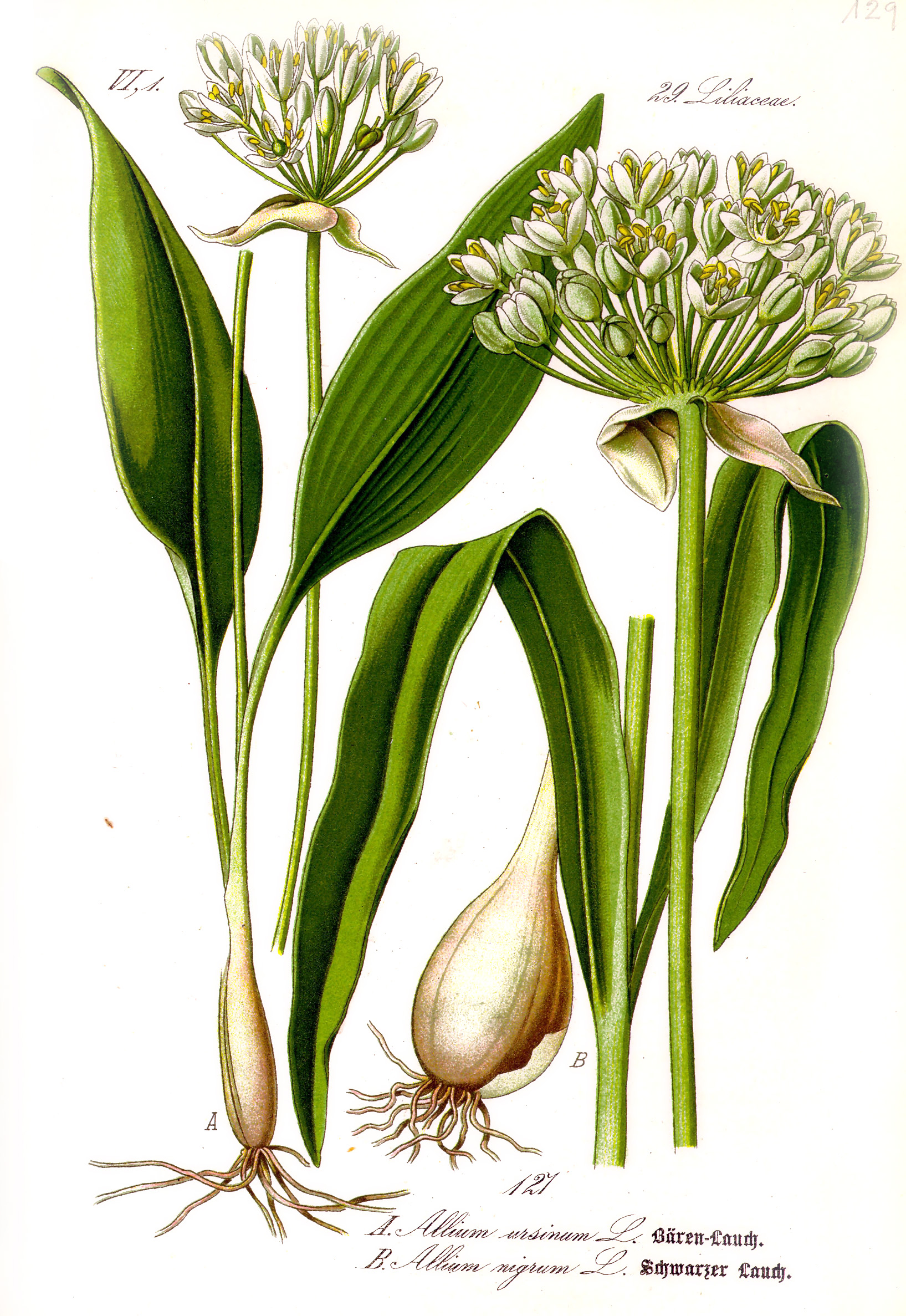|
Thorpe Wood
Thorpe Wood is a 10 hectare nature reserve on the western outskirts of Peterborough in Cambridgeshire. It is managed by the Wildlife Trust for Bedfordshire, Cambridgeshire and Northamptonshire. This is ancient woodland on heavy clay, with mature oak and ash trees, and an understorey of hazel and field maple. The ground flora is diverse, including wild garlic Plant species in the genus ''Allium'' known as wild garlic include the following: *''Allium canadense'', wild onion *'' Allium carinatum'', keeled garlic *'' Allium drummondii'', Drummond's onion *''Allium ochotense'', Siberian onion *'' Allium ole ..., wood anemones and bluebells. There is access from Nene Parkway. References {{Wildlife Trust for Bedfordshire, Cambridgeshire and Northamptonshire Wildlife Trust for Bedfordshire, Cambridgeshire and Northamptonshire reserves ... [...More Info...] [...Related Items...] OR: [Wikipedia] [Google] [Baidu] |
Peterborough
Peterborough () is a cathedral city in Cambridgeshire, east of England. It is the largest part of the City of Peterborough unitary authority district (which covers a larger area than Peterborough itself). It was part of Northamptonshire until 1974, when county boundary change meant the city became part of Cambridgeshire instead. The city is north of London, on the River Nene which flows into the North Sea to the north-east. In 2020 the built-up area subdivision had an estimated population of 179,349. In 2021 the Unitary Authority area had a population of 215,671. The local topography is flat, and in some places, the land lies below sea level, for example in parts of the Fens to the east and to the south of Peterborough. Human settlement in the area began before the Bronze Age, as can be seen at the Flag Fen archaeological site to the east of the current city centre, also with evidence of Roman occupation. The Anglo-Saxon period saw the establishment of a monastery, Medeshams ... [...More Info...] [...Related Items...] OR: [Wikipedia] [Google] [Baidu] |
Cambridgeshire
Cambridgeshire (abbreviated Cambs.) is a Counties of England, county in the East of England, bordering Lincolnshire to the north, Norfolk to the north-east, Suffolk to the east, Essex and Hertfordshire to the south, and Bedfordshire and Northamptonshire to the west. The city of Cambridge is the county town. Following the Local Government Act 1972 restructuring, modern Cambridgeshire was formed in 1974 through the amalgamation of two administrative counties: Cambridgeshire and Isle of Ely, comprising the Historic counties of England, historic county of Cambridgeshire (including the Isle of Ely); and Huntingdon and Peterborough, comprising the historic county of Huntingdonshire and the Soke of Peterborough, historically part of Northamptonshire. Cambridgeshire contains most of the region known as Silicon Fen. The county is now divided between Cambridgeshire County Council and Peterborough City Council, which since 1998 has formed a separate Unitary authorities of England, unita ... [...More Info...] [...Related Items...] OR: [Wikipedia] [Google] [Baidu] |
Wildlife Trust For Bedfordshire, Cambridgeshire And Northamptonshire
The Wildlife Trust for Bedfordshire, Cambridgeshire and Northamptonshire (WTBCN) is a registered charity which manages 126 nature reserves covering . It has over 35,000 members, and 95% of people in Bedfordshire, Cambridgeshire and Northamptonshire live within five miles of a reserve. In the year to 31 March 2016 it employed 105 people and had an income of £5.1 million. It aims to conserve wildlife, inspire people to take action for wildlife, offer advice and share knowledge. The WTBCN is one of 36 wildlife trusts covering England, and 46 covering the whole of the United Kingdom. In 1912 Charles Rothschild formed the Society for the Promotion of Nature Reserves to protect sites considered "worthy of preservation". The society worked to secure statutory protection, and this began with the National Parks and Access to the Countryside Act 1949. In 1959 the society took on a coordinating role for local wildlife trusts, which covered the whole of Britain and Northern Ireland by 1 ... [...More Info...] [...Related Items...] OR: [Wikipedia] [Google] [Baidu] |
Ancient Woodland
In the United Kingdom, an ancient woodland is a woodland that has existed continuously since 1600 or before in England, Wales and Northern Ireland (or 1750 in Scotland). Planting of woodland was uncommon before those dates, so a wood present in 1600 is likely to have developed naturally. In most ancient woods, the trees and shrubs have been cut down periodically as part of the management cycle. Provided that the area has remained as woodland, the stand is still considered ancient. Since it may have been cut over many times in the past, ancient woodland does not necessarily contain very old trees. For many species of animal and plant, ancient woodland sites provide the sole habitat, and for many others, conditions on these sites are much more suitable than those on other sites. Ancient woodland in the UK, like rainforest in the tropics, is home to rare and threatened species. For these reasons ancient woodland is often described as an irreplaceable resource, or 'critical natural ca ... [...More Info...] [...Related Items...] OR: [Wikipedia] [Google] [Baidu] |
Allium Ursinum
''Allium ursinum'', known as wild garlic, ramsons, cowleekes, cows's leek, cowleek, buckrams, broad-leaved garlic, wood garlic, bear leek, Eurasian wild garlic or bear's garlic, is a bulbous perennial flowering plant in the amaryllis family Amaryllidaceae. It is native to Europe and Asia, where it grows in moist woodland. It is a wild relative of onion and garlic, all belonging to the same genus, ''Allium''. There are two recognized subspecies: ''A. ursinum'' subsp. ''ursinum'' and ''A. ursinum'' subsp. ''ucrainicum''. Etymology The Latin specific name ''ursinum'' translates to 'bear' and refers to the supposed fondness of the brown bear for the bulbs; folk tales describe the bears consuming them after awakening from hibernation. Another theory is that the "''ursinum''" may refer to Ursa Major, as ''A. ursinum'' was perhaps one of the most northerly distributed ''Allium'' species known to the ancient Greeks, though this hypothesis is disputed. Common names for th ... [...More Info...] [...Related Items...] OR: [Wikipedia] [Google] [Baidu] |
Anemone Nemorosa
''Anemonoides nemorosa'' (syn. ''Anemone nemorosa''), the wood anemone, is an early-spring flowering plant in the buttercup family Ranunculaceae, native to Europe. Other common names include windflower, European thimbleweed, and smell fox, an allusion to the musky smell of the leaves. It is a perennial herbaceous plant growing tall. Description ''Anemonoides nemorosa'' is a rhizomatous herbaceous perennial plant less than in height. The compound basal leaves are palmate or ternate (divided into three lobes). They grow from underground root-like stems called rhizomes and die back down by mid summer (summer dormant). The plants start blooming in spring, March to May in the British Isles soon after the foliage emerges from the ground. The flowers are solitary, held above the foliage on short stems, with a whorl of three palmate or palmately-lobed leaflike bracts beneath. The flowers are diameter, with six or seven (and on rare occasions eight to ten) tepals (petal-like segments) ... [...More Info...] [...Related Items...] OR: [Wikipedia] [Google] [Baidu] |



_(d.j.b.).jpg)